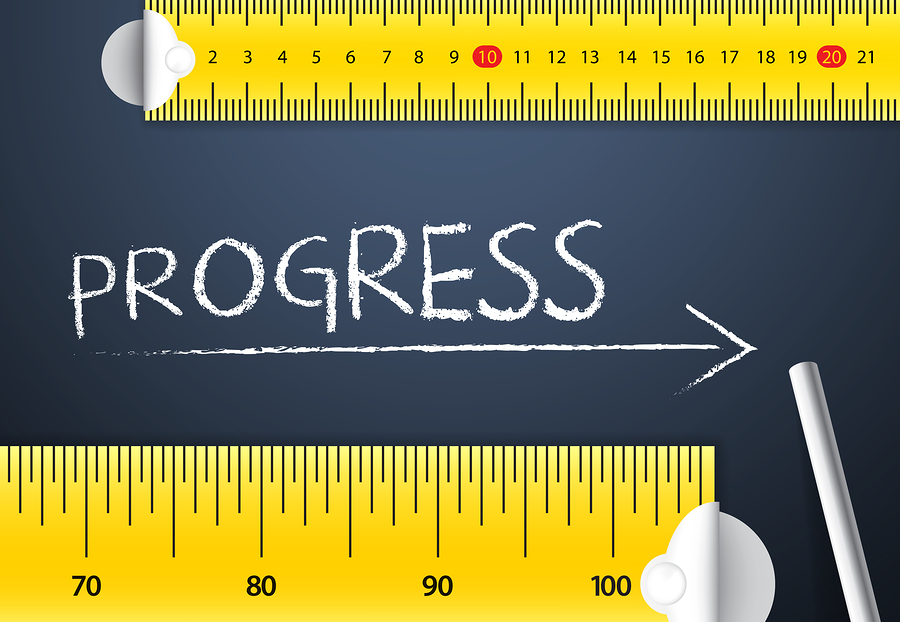
At this time of year, elementary and middle schools schedule what are called articulation or transition meetings for students who will be moving on to a junior high or a high school.
The purpose of this article is to provide advice and guidance to get the most out of these meetings and to develop a blueprint for moving forward into the next setting.
- Develop an Agenda. Ask yourself what is important for the receiving school to know about your child or teenager? This should be circulated in advance to school staff.
- Use bullet points rather than a long narrative.
- Share any evaluations.
- Discuss if any additional evaluations or data are needed.
- Prioritize your concerns. Examples:
- Social
- Homework completion and organization
- Life Skills
- Independence
- Ask the school what their expectations are for your child/typical 9th grader.
- Gather information about the middle school or high school.
- Talk to other parents
- Read the handbook
- Identify the name of the Special Education Director.
- Schedule a meeting with that person if appropriate.
- Ask if there is a family support group for parents of students with disabilities.
- Are there accessibility issues?
- Develop a Plan (should be specified in the IEP)
- What are the attendance policies?
- What AT is available for my child?
- Transportation issues?
- With whom will my child eat lunch?
- Are there accommodations necessary for lunch or other activities. [For example is eating lunch in an alternative setting an option?]
- Develop and agree on a communication plan? [ who, how, and how often]
- Accommodations – should they be different or stay the same?
- Extracurricular activities.
- Overall Plan for transitioning.
If your child had a 504 Plan instead of an IEP, you will need to schedule a 504 Meeting. At this meeting, you should share last year’s 504 Plan and discuss the need to develop a new one for middle school or high school setting.
9. Preparing your child for the transition to another school.
- Is there an orientation scheduled?
- Does my child need something more? (Walking through the schedule, pictures of the building and classroom)
- Can my child spend the day at the school (shadow day)?
- Familiarize yourself with the school activities. Summer school may be an option.
How will the school encourage/teach self-advocacy and independence?
10. What classes will my child take each year (particularly important in high school).
11. In high school the focus should be on the transition plan. The whole point of special education is to prepare a student for what comes next. Where do we want to be when my son or daughter is no longer a student?
12. Involve your child to the extent appropriate. Make sure they have a voice and input into classes, planning activities etc.
Resources: PACER’s National Parent Center on Transition and EmploymentNational Center for Learning Disabilities
Share on Facebook